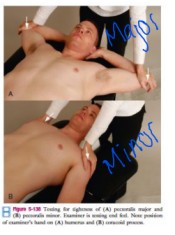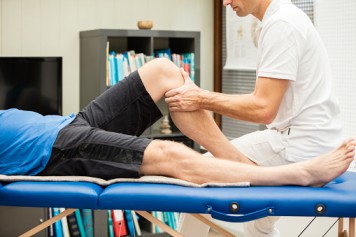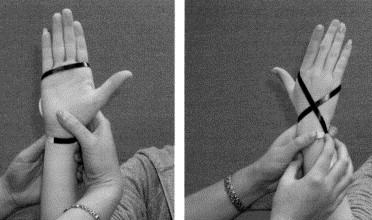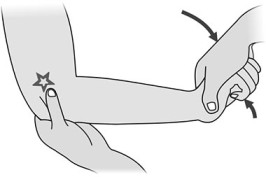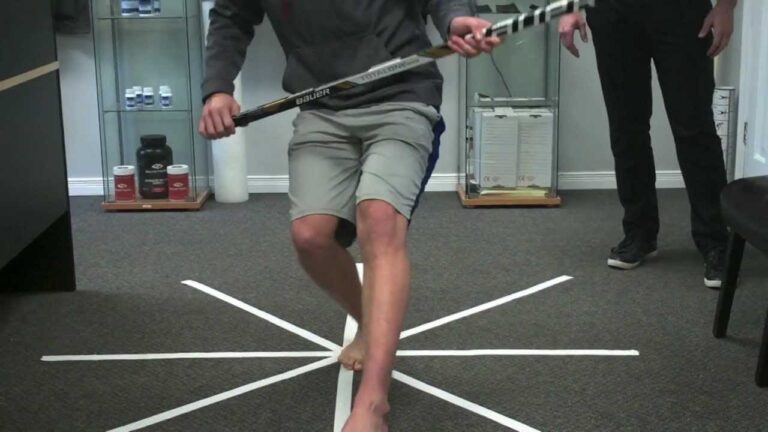Rent test of Shoulder
- This test is used in the clinic to check the injury in the rotator cuff.
- Into rotator cuff include to 4 muscles :
- Supraspinatus ,infraspiantus,subscapularis,teres minor.
- This clinical test is applied by to physiotherapist/doctor.
- This test is applied when the patient does complain about shoulder pain & restricted to ROM of abduction.
Purpose of the Rent test of shoulder :
- This test is used to check the rotator cuff tears.
- This test also checks the injury of the rotator cuff tears.
How do you perform the Rent test of the shoulder?
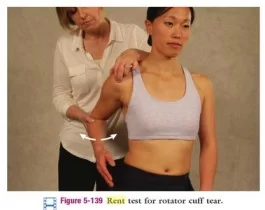
- Patient position of the test is sitting position.
- Into a sitting position with the arm by the side with the examiner standing behind.
- The examiner palpates the anterior margin of the patient’s acromion with one hand while holding the patient’s elbow at 90′ with the other hand.
- The examiner then passively extended the patient’s arm & slowly medially & laterally rotates means internal & external rotates the patient’s humerus while palpating the greater tuberosity & rotator cuff tendons.
What is the result of the Rent test of the shoulder?
- The presence of depression means rent/defect of about one finger width/a more prominent greater tuberosity means relative to the other side, in this situation this test is positive for a rotator cuff tear.
What is Evidence of the Rent test of the shoulder?
- There are available three studies :
- The first study is described by Wolf & Agrawal.
- Sensitivity of the Rent test = 95.7%
- Specificity of the Rent test = 96.8%
- A positive predictive value of the Rent test = 95.7%
- A negative predictive value of the Rent test = 96.8%
- Diagnostic accuracy of the Rent test = 96.3%.
- The second study is described by Cleland
- +LR of the Rent test = 32.0
- -LR of the Rent test =.04
- The third study is described by Lyons and Tomlinson
- Sensitivity of the Rent test = 91%
- Specificity of the Rent test =75%



